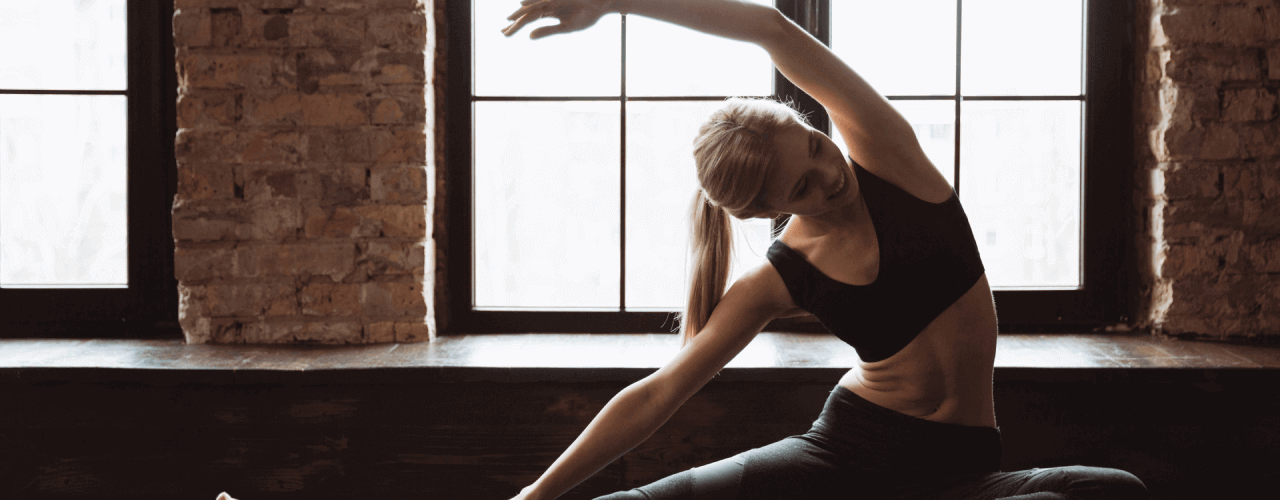Are painful joints a new aspect of your daily routine? If you have a hip or knee that just can’t support your body weight without distracting aches or agonizing pains, you may be unable to get active, perform your job, play sports, handle simple household tasks, or even find a comfortable sitting or sleeping position. At Walker Physical Therapy, we understand how frustrating this situation can be. You may be in so much pain that you’re considering relying on prescription painkillers just to make it through the day. Or maybe you’re considering undergoing invasive joint replacement surgery. Fortunately, there is another, natural solution. Physical therapy has proven time and time again to be highly effective in treating hip and knee pain.
Why am I in pain?
Your hips and knees perform a lot of labor over the course of a lifetime. These joints are responsible for withstanding the majority of your body weight — when you’re standing still, and also as you walk, run, climb or jump. From a physical therapist’s perspective, it’s not surprising that a variety of injuries and ailments can negatively affect the knee and hip joints. Your aches and pains may be a result of:
- Bursitis – Bursae are fluid-filled sacs that prevent friction between bones and soft tissues in the hips and knees. Unfortunately, misuse of the hips and knees can cause bursitis, a painful condition in which these sacs become inflamed.
- Osteoarthritis – Osteoarthritis is a degenerative disease of the cartilage that prevents the ends of the bones in a joint from rubbing together. This causes friction, which leads to chronic pain and inflammation.
- “Runner’s knee” – An unstable kneecap can cause chronic knee pain. This condition is known as patellofemoral syndrome or “runner’s knee.”
- Strains, sprains and ruptures – Muscles, tendons, and ligaments allow the knee and hip joints to move. A strain (damage to muscles or tendons) or a sprain (damage to ligaments) can be caused by repetitive motion or an acute injury (hyperextension of a ligament). ACL (anterior cruciate ligament) ruptures can be especially dangerous for athletes.
Some soft tissue pain can occur even if you haven’t been injured or experienced a traumatic physical event. For example, if you’ve had your arm in a sling for a long period, a condition called adhesive capsulitis, sometimes known as “frozen shoulder,” can cause your shoulder to become unusable.
Hip or knee discomfort can be aggravated by a variety of health or lifestyle issues. For example, being overweight can cause a hip or knee to be overworked due to musculoskeletal misalignment or postural imbalances. Muscle weakness can result from a lack of activity, setting the foundation for chronic tension and joint instability.
Physical therapy techniques for pain relief and optimized function
Getting rid of knee or hip pain doesn’t mean you need to rely on heavy drugs like opioids or invasive procedures like joint replacement surgery. Physical therapy can help you enhance the function of your joints while also reducing your pain and stiffness. Our physical therapists can provide you with individualized exercises aimed to target your unique source of pain, such as:
- Hip flexion, extension or abductor exercises
- Leg lifts
- Hamstring curls
- Step exercises
- Knee lifts
- Hip rotations
- Heel-to-buttock-exercises
- Mini-squats
After an initial evaluation, your physical therapist may also recommend stretching exercises, joint mobilization techniques, or the R.I.C.E method. Stretching exercises help injured muscles and connective tissues heal back to their former length and range of motion. These exercises are also good for keeping arthritic joints from becoming stiffer.
Joint mobilization techniques can help improve your pain-free range of motion and increase your function. You may also benefit from techniques aimed at breaking up internal scar tissue, which can form over old injuries and cause chronic stiffness.
RICE stands for “Rest,” “Ice,” “Compression” and “Elevation.” If you are nursing an acute joint injury, your physical therapist will likely prescribe this protocol in order to reduce pain and swelling.
Even basic activities like walking can help maintain mobility and relieve discomfort in arthritic knees and hips. To help correct your musculoskeletal balance, our physical therapist may offer heat/ice therapy, ultrasound therapy, massage therapy, laser therapy, or orthotic footwear.
Knock out your pain today – contact Walker Physical Therapy for relief!
The sooner you talk to a physical therapist about your knee or hip pain, the better. Research shows that patients who work on their hip or knee pain in physical therapy within 15 days after symptoms arrive have less need for pain injections, medications or surgical intervention.
However, it’s never too late to benefit from physical therapy, no matter what stage of pain you’re in. Contact our skilled therapists at Walker Physical Therapy to get started on the road to pain relief!
Sources:
- https://www.apta.org/PTinMotion/News/2017/7/11/KneePainPTJ/
- https://www.apta.org/PTinMotion/NewsNow/?blogid=10737418615&id=10737428899
- https://www.webmd.com/pain-management/guide/hip-pain-causes-and-treatment#1
- https://www.mayoclinic.org/diseases-conditions/bursitis/symptoms-causes/syc-20353242
- https://www.medicalnewstoday.com/articles/325029.php#hip-extension
- https://www.medicalnewstoday.com/articles/325804.php#step-exercises
- https://www.healthline.com/health/patellofemoral-syndrome
Tags: wellness, health, PT, physicaltherapy, healthytips, achesandpains, naturalpainrelief, healthandwellness, physicaltherapist

